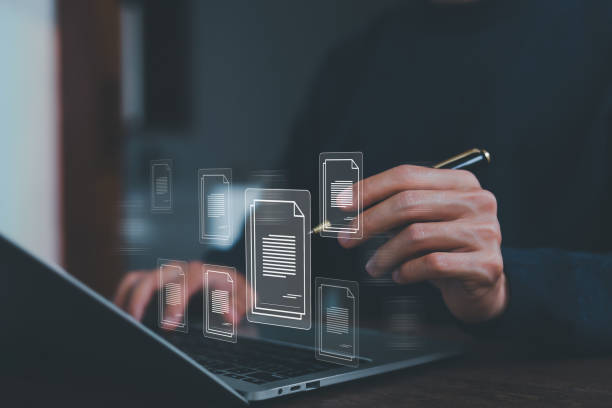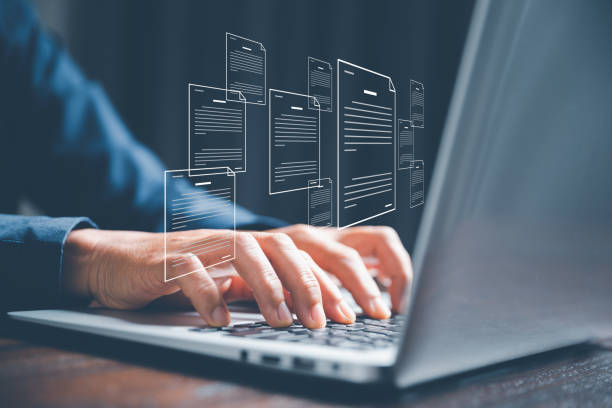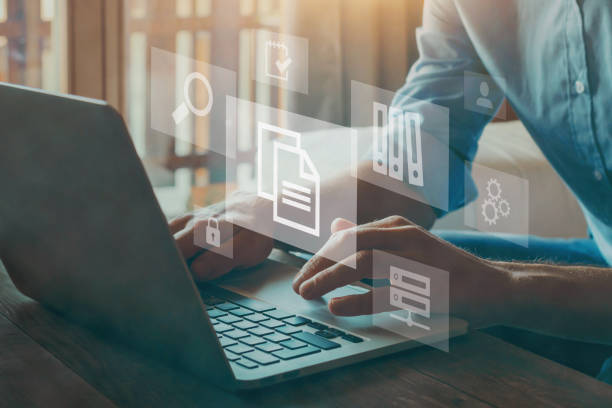Introduction to the Importance of On-Page SEO and its Impact on Website Ranking

In today’s digital world, visibility in search engines is of high importance, and #on_page_SEO is one of the main pillars to achieve this goal.
On-page SEO refers to a set of actions performed within your website to improve its position in organic search results.
These actions include optimizing content, site structure, keywords, and technical aspects.
The main goal of on-page SEO is not only to help search engines better understand your page content but also to provide an unparalleled user experience for visitors.
A strong on-page SEO strategy can be the difference between success and failure for an online business.
Many websites focus on external link building, forgetting that without a strong foundation of internal optimization, external efforts will not bear fruit.
This article provides an educational and comprehensive approach to understanding and effectively implementing on-page SEO, from basic principles to specialized and advanced tips.
Does your current corporate website not reflect your brand’s credibility and power as it should? RasaWeb solves this challenge for you with professional corporate website design.
✅ Increase visitor credibility and trust
✅ Targeted attraction of more customers
⚡ Click to get free consultation!
Keyword Research: The Beating Heart of On-Page SEO
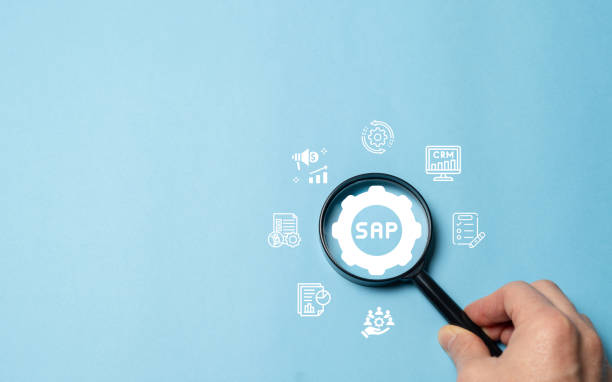
Keyword research is the first and most crucial step in any successful on-page SEO strategy.
Choosing the right keywords helps you create content that precisely targets user needs and increases your visibility in search results.
To perform effective keyword research, you should look for phrases that have both a good search volume and less competition.
Tools like Google Keyword Planner, Ahrefs, Semrush, and KWFinder can help you along this path.
In addition to main keywords, finding LSI (Latent Semantic Indexing) keywords, or semantically related keywords, is also crucial.
These words help search engines better understand your content and prevent keyword repetition and keyword stuffing, which can harm your ranking.
For example, if your main topic is “coffee,” LSI words could include “caffeine,” “espresso,” “coffee maker,” and “coffee shop.”
An analytical approach to this section enables you to identify the best opportunities for attracting targeted traffic and create engaging and thought-provoking content for users.
Optimizing Vital On-Page Elements
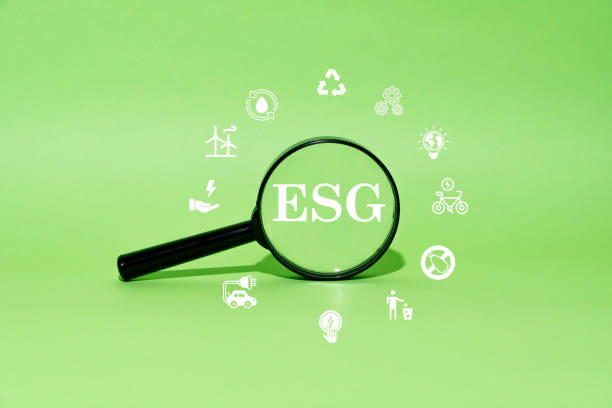
After keyword research, it’s time to optimize On-Page elements that directly impact your on-page SEO.
These elements include Title Tag, Meta Description, Headings (H1-H6), and URLs.
The title tag should be engaging and include the main keyword, as it’s the first thing users see in search results.
The meta description should also be an engaging summary of the page content and encourage users to click, even though it doesn’t directly affect ranking, it can increase the click-through rate (CTR).
Proper use of headings, especially H1 which should include the main keyword, improves content structure and makes it easier for users and search engines to read.
Also, URLs should be short, descriptive, and include keywords.
Below is an explanatory table for a better understanding of these vital elements:
| On-Page SEO Element | Description | Optimization Recommendation |
|---|---|---|
| Title Tag | The most important On-Page element, displayed in the browser tab and search results. | Includes main keyword, max 60 characters, engaging and persuasive. |
| Meta Description | A short summary of the page content, displayed in search results. | Contains keywords, encourages clicks, max 150-160 characters. |
| Headings (H1-H6) | Internal content headings for better structuring and readability. | H1 includes main keyword, logical and hierarchical use from H2 onwards. |
| URL Address | Unique address of each page on the website. | Short, meaningful, includes keywords, use hyphens instead of underscores. |
These elements are fundamental for strong on-page SEO and must be optimized with precision and strategy.
Proper use of these items not only helps search engines better index your content but also improves user experience.
The Importance of Producing Quality and Optimized Content for On-Page SEO
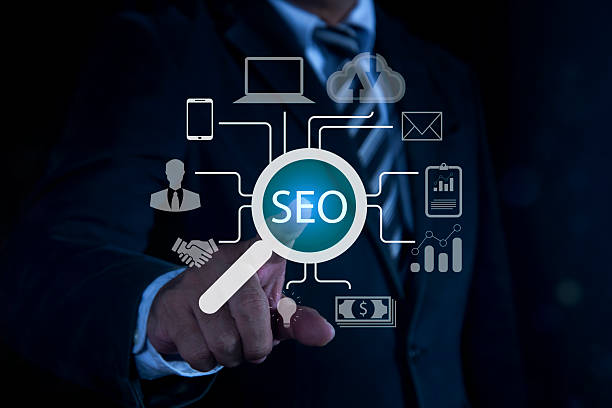
Content is king; this statement holds true more than ever in the world of on-page SEO.
Producing high-quality, valuable, and unique content not only attracts users but also compels search engines to rank your site higher.
Your content should be specialized and comprehensive, covering all aspects of the discussed topic.
Content length also matters; studies have shown that longer content (over 1000 words) usually ranks better because it provides more complete information.
Of course, content length should not compromise its quality.
To optimize content, use main and LSI keywords naturally and without overdoing it.
Content readability is also very important; use short paragraphs, lists, subheadings, and images to break up the text and increase visual appeal.
Also, regularly update your content to always maintain its freshness and relevance.
Providing news or guide content can attract new audiences and increase your organic traffic.
Are you bothered by losing customers due to your e-commerce site’s outdated appearance or slow speed? RasaWeb’s expert team solves these problems with professional e-commerce website design!
✅ Significantly increase customer trust and your brand’s credibility
✅ Stunning speed and excellent user experience
Get a free consultation with RasaWeb now ⚡
URL Structure and Internal Links in On-Page SEO

URL structure and internal linking strategy are two very important factors in on-page SEO that are often overlooked.
A clean and logical URL structure is understandable for both users and search engines.
URLs should be short, descriptive, include keywords, and be free of extra characters.
Using hyphens (-) instead of underscores (_) to separate words is recommended.
For example, instead of www.example.com/صفحه-محصول123 use www.example.com/men-sportswear.
Internal linking is the process of connecting different pages within a website to each other.
This helps search engines understand your site’s structure, “Page Authority” to be distributed throughout the site, and encourages users to discover more content.
Using relevant and keyword-rich Anchor Text for internal links is very important.
For example, if you are writing about “on-page SEO,” you can link to another page on your website that discusses “keyword research.”
This guidance helps connect related pages and also improves the user experience.
Optimizing Images and Site Load Speed
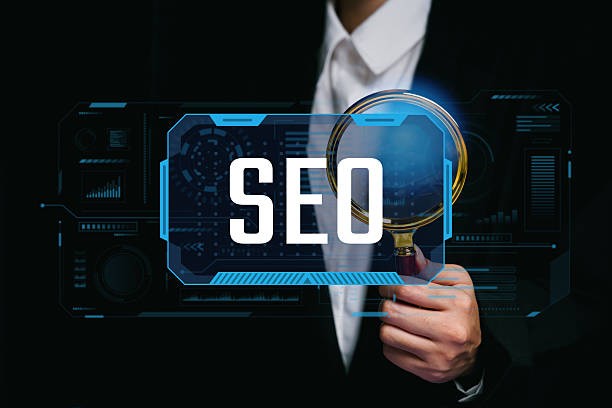
Images play a vital role in attracting audiences and improving user experience, but if not optimized correctly, they can slow down site loading speed and harm on-page SEO.
To optimize images, use appropriate formats (like WebP for web), compress file size without reducing quality, and use descriptive Alt Text.
Alt Text should have relevant keywords and describe the image well.
Site loading speed is also one of the important ranking factors.
A slow site creates a bad user experience and increases the bounce rate.
To improve speed, you can optimize codes (CSS, JavaScript), compress files, use CDN (Content Delivery Network), and caching.
Tools like Google PageSpeed Insights can identify your site’s speed issues and provide explanations for resolving them.
These actions not only help your on-page SEO but also lead to creating an engaging and attractive website for users.
Mobile-Friendliness and User Experience (UX) Optimization
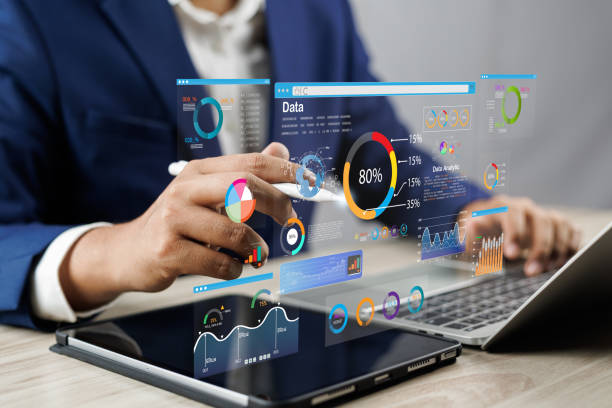
In the current era, where most users access the internet via mobile devices, website mobile-friendliness is a necessity for on-page SEO.
Google announced in 2015 that it considers mobile-friendliness as a ranking factor.
Responsive Design is the best way to ensure your site’s compatibility with various devices.
Furthermore, User Experience (UX) also plays a significant role in on-page SEO.
Good UX makes users stay longer on your site, visit more pages, and reduces the bounce rate.
These factors indirectly affect your site’s ranking.
Google’s Core Web Vitals, including LCP (Largest Contentful Paint), FID (First Input Delay), and CLS (Cumulative Layout Shift), are important metrics for measuring user experience.
Optimizing these metrics is crucial for on-page SEO.
Below is a specialized table for reviewing UX and Mobile-Friendly factors:
| Factor | Description | Importance for On-Page SEO |
|---|---|---|
| Responsive Design | Compatibility of site display with various screen sizes (mobile, tablet, desktop). | Essential for Google’s mobile-first ranking and providing a consistent user experience. |
| Page Load Speed | The time it takes for page content to fully load. | Direct ranking factor, reduces bounce rate and increases user engagement. |
| Ease of Navigation | Ease with which users find information and move around the site. | Increases user dwell time, reduces bounce rate, aids search engine crawling. |
| Core Web Vitals | A set of Google metrics for measuring the quality of user experience on the web. | Important ranking factors since 2021, direct impact on ranking and UX. |
Paying attention to these factors will significantly improve your on-page SEO performance.
Advanced Technical Tips in On-Page SEO
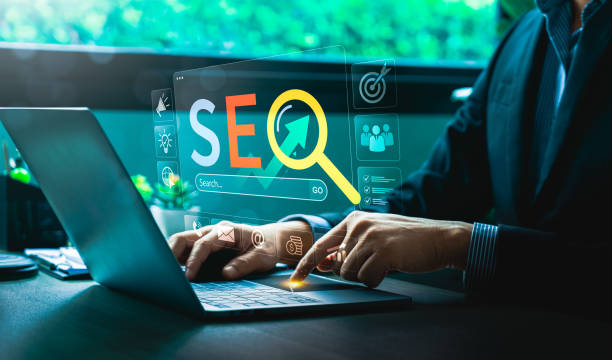
Beyond optimizing content and visual elements, the technical aspects of on-page SEO are also crucial to ensure that search engines can correctly index and crawl your site.
Using Schema Markup helps search engines better understand your page content and display it as “Rich Snippets” in search results.
This can significantly increase your click-through rate.
Additionally, robots.txt file and XML sitemap are two important tools for controlling how search engines crawl your site.
The robots.txt file tells search engines which pages not to crawl, while the XML sitemap provides a list of all important pages on your site to search engines.
Fixing 404 errors, 301 redirects, and ensuring no duplicate content are also essential for maintaining the technical health of on-page SEO.
Any negligence in these sections can lead to indexing issues and ranking drops.
This precise analysis of technical aspects helps you ensure that your site’s on-page SEO infrastructure is robust.
Are you tired of your e-commerce site having visitors but no sales? RasaWeb, with professional e-commerce website design, solves your main problem!
✅ Significant sales increase with targeted design
✅ Flawless user experience for your customers
⚡ Get a free consultation!
Site Security (HTTPS) and its Role in On-Page SEO
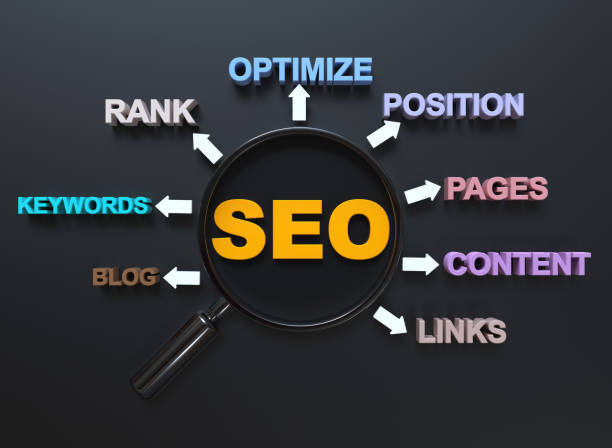
Website security, especially the use of HTTPS protocol, is an important and official Google ranking factor that directly impacts your on-page SEO.
HTTPS (Hypertext Transfer Protocol Secure) is a secure communication protocol that encrypts data between the user’s browser and the website server.
This not only ensures the security of user information but also gains their trust.
Google has explicitly stated that websites with HTTPS have a higher priority in search results compared to those without.
Migrating from HTTP to HTTPS involves installing an SSL/TLS certificate, updating all internal and external links to the HTTPS version, and setting up appropriate 301 redirects from HTTP to HTTPS.
This process must be performed with high precision to prevent loss of ranking and traffic.
Education on the importance of HTTPS for SEO can guide webmasters towards securing their sites, which will result in improved on-page SEO and user experience.
Monitoring and Continuous Improvement of On-Page SEO
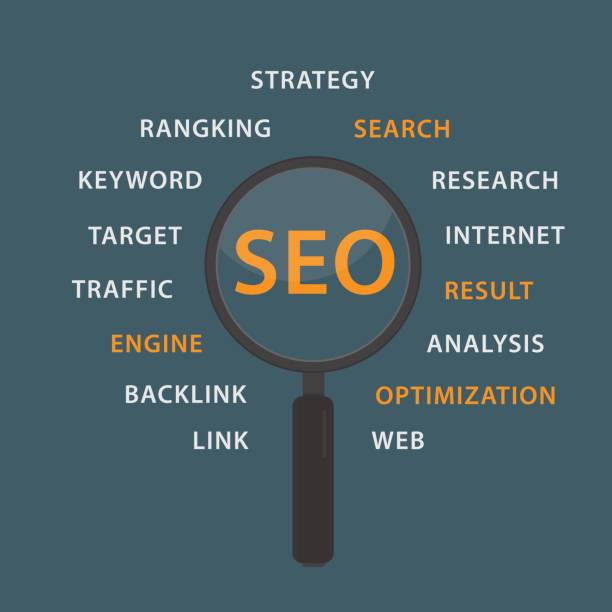
On-page SEO is an ongoing process, not a one-time activity.
To maintain and improve your site’s ranking, you must regularly monitor its performance and implement necessary changes.
Tools like Google Analytics and Google Search Console are two free and powerful tools that provide valuable insights into site traffic, keywords, technical issues, and page performance.
Google Search Console helps you identify crawl and indexing problems, mobile errors, and security-related issues.
Google Analytics also provides detailed information about user behavior on your site, including dwell time, bounce rate, and click paths.
With a precise analysis of this data, you can identify your on-page SEO weaknesses and develop new strategies to improve them.
For example, if a page has a high bounce rate, its content might need revision or improved readability.
This continuous and data-driven approach guarantees your long-term success in SEO and helps you always stay one step ahead of the competition.
Frequently Asked Questions
| Number | Question | Answer |
|---|---|---|
| 1 | What is On-Page SEO? | On-page SEO refers to a set of actions performed within a website to optimize its pages and achieve a better ranking in search results. |
| 2 | What is the most important factor in On-Page SEO? | High-quality, relevant, and comprehensive content that addresses user needs is the most important factor in On-Page SEO. |
| 3 | What role does the Title Tag play in On-Page SEO? | The title tag is one of the most important factors that tells search engines and users what the page content is about. It should include the main keyword and be engaging. |
| 4 | How important is the Meta Description tag? | Although it does not directly affect ranking, it is highly effective on the click-through rate (CTR) in search results and encourages users to visit the page. |
| 5 | How is image optimization done in On-Page SEO? | By using appropriate alt tags, compressing image file size to increase loading speed, and meaningful naming of the image file. |
| 6 | What is the importance of using headings (H1, H2, H3) in On-Page SEO? | Headings help structure content, improve readability, and assist search engines in understanding the hierarchy and sub-topics of the content. |
| 7 | What is Internal Linking and what are its benefits? | Internal linking means creating links between different pages of a website. This helps distribute authority, improve user navigation, and assist search engine crawling. |
| 8 | Where should the Focus Keyword be placed on the page? | The main keyword should be placed in the title tag, meta description, H1, first paragraph, and naturally throughout the text, and if possible, in the URL. |
| 9 | What effect does copied or duplicate content have on On-Page SEO? | Duplicate content can harm a site’s ranking and confuse search engines as to which version is original, possibly being flagged as spam. |
| 10 | How important is page load speed in On-Page SEO? | Page load speed is an important ranking factor and directly affects user experience. Slow pages lead to an increase in user bounce rates. |
And other services of RasaWeb Advertising Agency in the field of advertising
Smart UI/UX: A combination of creativity and technology to increase click-through rates by precise audience targeting.
Smart Digital Advertising: A combination of creativity and technology to increase click-through rates through Google Ads management.
Smart Marketing Automation: A novel service to increase click-through rates through attractive UI design.
Smart SEO: Revolutionize click-through rate increase with attractive UI design.
Smart Advertising Campaigns: Revolutionize online growth with Google Ads management.
And over a hundred other services in internet advertising, advertising consulting, and organizational solutions
Internet Advertising | Advertising Strategy | Advertorial
Sources
Complete Guide to On-Page SEO in SeoSaz
MihanWP On-Page SEO Checklist
What is On-Page SEO? – Hostinger
On-Page SEO at Moz
? To elevate your business in the digital world and reach the peaks of success, RasaWeb Afarin Digital Marketing Agency is by your side with innovative services including website design with a modern user interface, SEO, and advertising campaign management, ensuring a powerful and lasting online presence.
📍 Tehran, Mirdamad Street, next to Central Bank, Southern Kazeroun Alley, Ramin Alley, No. 6

